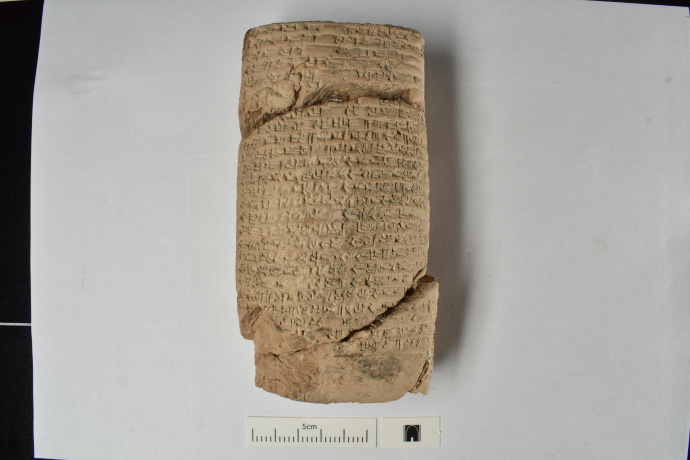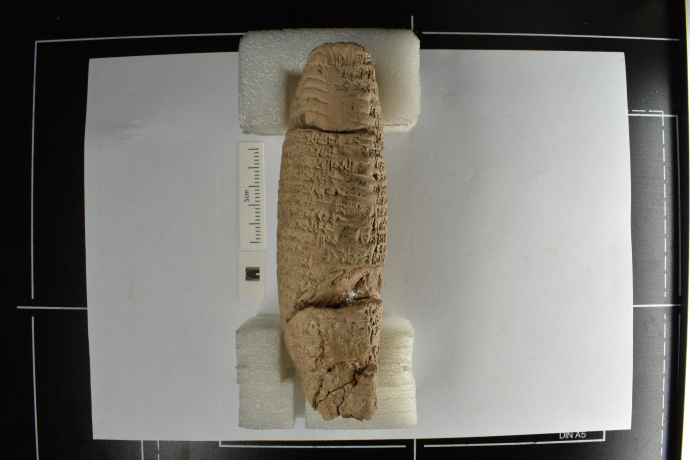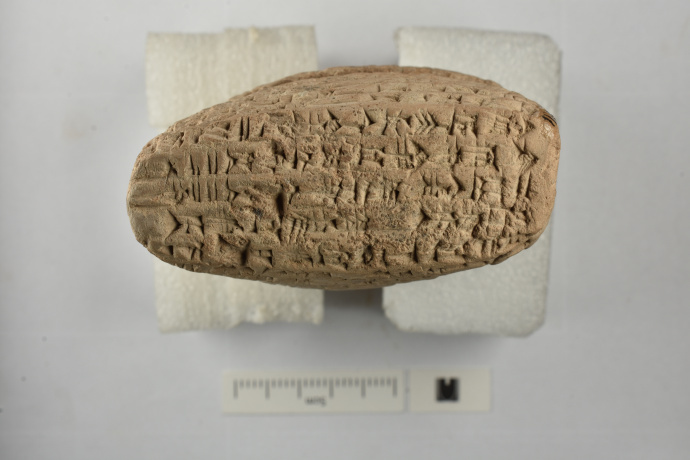A new reading by a faculty member of the History Department , University of Tehran from Hammurabi's law and Susa's legal documents.
According to the public relations report of the University of Tehran, the new research of Dr. Hossein Badamchi, a faculty member of the Department of History at Faculty of Literature and Humanities, University of Tehran, and Dr. Guido Pfeiffer, a professor of Roman Law at the Goethe University in Frankfurt, focused on an example of a common legal contract in ancient Elam and gave a new interpretation of this provided a sample contract.
According to Dr. Badamchi, nearly 600 legal documents in cuneiform and Akkadian language have been found in the excavations of Shush, which belong to the ancient Elam civilization in the first half of the second millennium BC. In this collection, 56 documents contain a type of contract called esip-tabal (in Akkadian, it means "carry). This type of contract is also observed outside of Susa, in Hammurabi's law.
This researcher of ancient law explained about the type of this contract: "At first, researchers considered the cuneiform script of Esip Tabel to be a lease of agricultural land. Then a prominent German researcher named Paul Keshaker interpreted these contracts as mortgage documents, in which the agricultural land was placed as collateral for the loan. While re-editing these texts, we have provided a new interpretation of Asip Table, based on which these contracts are considered a type of future product sale or forward sale.
Regarding the recently published article, Dr. Badamchi added: "In this article, firstly, four examples of Shush's legal documents have been completely edited and translated, and the components of the contract have been analyzed. These components include the subject of the contract, the purpose of the contract, the parties to the contract, the payment of the price in silver and the date of the transaction, the conditions related to the guarantee of contractual performance and finally the oath and witnesses. Then, clauses 49 to 52 of Hammurabi's law and the reasons for banning the Esip-Tebel contract by Hammurabi have been discussed. In the third part of the article, the developments of sale of predecessor in the Roman and Islamic legal systems are reviewed and the long-term history (Longue durée) of this legal institution is reconstructed. The question of this part of the article is whether it is possible to describe the Asiptable contract as a type of fraud against the law. In the end, this type of contract has been analyzed from the socio-economic and legal point of view. This research, while showing the problems of common interpretations, describes the Asip Tabal contract as a type of sale of future products from a certain land.
The assistant professor of the Faculty of Literature and Humanities of University of Tehran, who has received an honorary membership of Johns Hopkins University for his research on ancient Ilam documents, noted: "Historical and comparative analysis of the transaction of sale of the predecessor shows the legal tradition of Susa that this transaction is permissible in law. Rome and the systems based on it have survived to this day. On the other hand, the ban on the sale of the future crop from a certain farm, which was established in Hammurabi's law to protect the farmer, has remained until today in the form of Islamic law due to the nature of the transaction. This research shows the importance of direct study of legal documents of ancient Elam, as well as the role of comparative studies in reconstructing the evolution of legal institutions in the history of ancient Iranian law, and finally the religion of Roman law to the legal traditions of ancient Iran. The legal documents of Elam are among the most important surviving documents from the social life of this ancient civilization, which unfortunately have not yet been adequately studied.
This article was published in No. 5 and 6 of the 65th volume of "Eastern Economic and Social History Journal" by Brill Netherlands Publications and can be accessed through the following link:
Codex Hammurabi 49–52 and the esip-tabal Contracts from Susa







Your Comment :